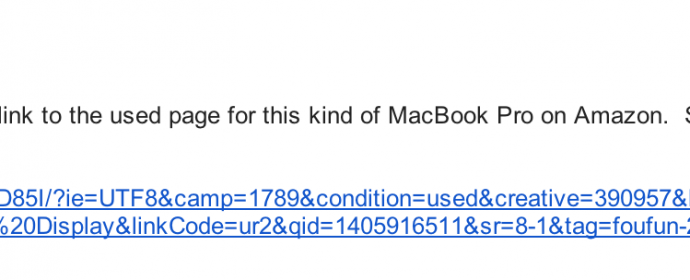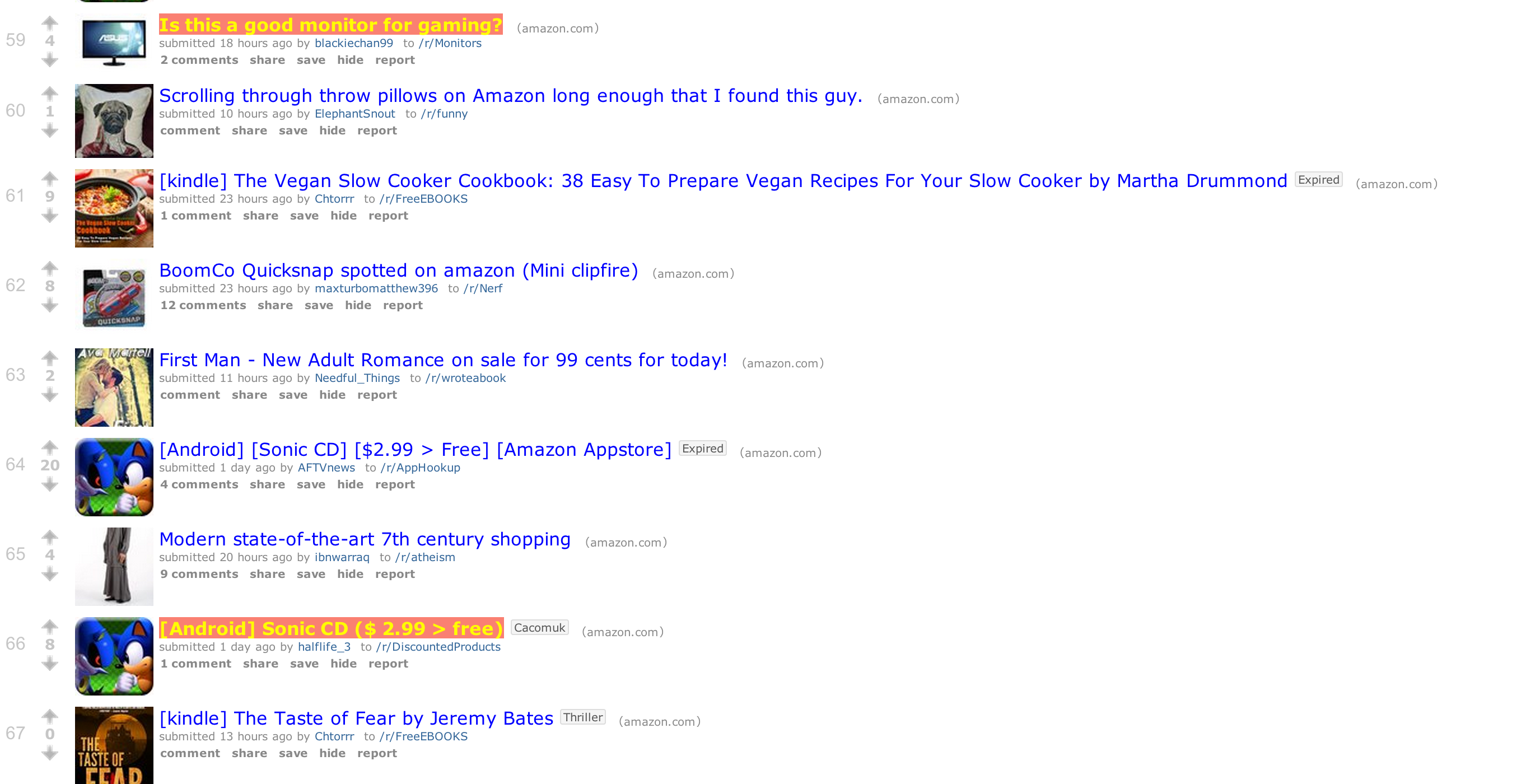This is more on the lighter side of things —
This past week I was looking for a new Macbook Pro on Craigslist, and was disappointed by the prices. Lately people don’t seem to understand the concept of “used” — a five year old Macbook Pro is not worth over $1,400, no matter how much ram you put into it.
I was surprised to see, however, a great deal for $1,200 — a 2012 Retina Macbook Pro with 16GB ram. Normally something like this would go for ~$1,500-$1800, so I reached out to the person to see if it was still available.
Unsurprisingly, the seller contacted me and told me it had already been sold, but that I should check Amazon used section, as sometimes they have great deals. I thanked the seller for their time, and went on my way, disappointed that I missed out, but hopeful because maybe I could score a good deal on the Amazon classifieds.
After looking for a few days, however, I noticed that prices never went into a territory I would call a “good deal”, and I started to get suspicious. Why would the person point me towards a site that never offered “deals”? Why were they selling something they got off Amazon on Craigslist for so cheap, especially if they wanted a healthy profit?
Then it dawned on me: what if the person never had the laptop in the first place? You put a great deal on Craigslist, and then when people contact you, they won’t be surprised that it is already taken. But instead of just telling them it’s taken, you give them an affiliate link to a page where they could get a steal as well. If the url was sufficiently long, and from a trusted site (Like Amazon), people wouldn’t think twice.
So, I looked for ways for me to easily idenitify affiliate links and came across this reddit post:
https://pay.reddit.com/r/amazon/comments/qim88/referral_codes_how_can_you_identify_them/
That lead me to this post:
https://pay.reddit.com/r/modtools/comments/qpdpo/a_user_style_to_highlight_amazon_affiliate_links/
Which allowed me to add the following user styles via the “Stylish” extension
a[href*=".amazon."][href*="%2D19"],
a[href*=".amazon."][href*="%2D20"],
a[href*=".amazon."][href*="%2D21"],
a[href*=".amazon."][href*="%2D22"],
a[href*=".amazon."][href*="%2D23"],
a[href*=".amazon."][href*="-19"],
a[href*=".amazon."][href*="-20"],
a[href*=".amazon."][href*="-21"],
a[href*=".amazon."][href*="-22"],
a[href*=".amazon."][href*="-23"],
a[href*=".amazon."][href*="tag="]
{
color: yellow !important;
font-weight: bold !important;
background:salmon !important;
}
Now, affiliate links show up easily:
Here’s how it shows up on a site like Reddit.com (for the domain amazon.com)
Now that I have the custom styles, it’s amazing where the links show up.
But why would people do this? Well, for short, it’s because the Amazon affiliate program is not just tied to the product you add the affiliate link to, but any item purchased from Amazon within a 24 hour period.
That means you can create a referral link to a Book, and if the user purchases anything off the Amazon store (including the book) within a 24 hour period, you get paid. Wow.
So, I decided to sign up for Amazon affiliates, not because I’m going to do what this person did, but because it actually seems… Pretty awesome. Want to sign up yourself? Click below (Hint: Yes, this is one of my affiliate links — see if the custom styles recognize it!)




Comments are closed, but trackbacks and pingbacks are open.